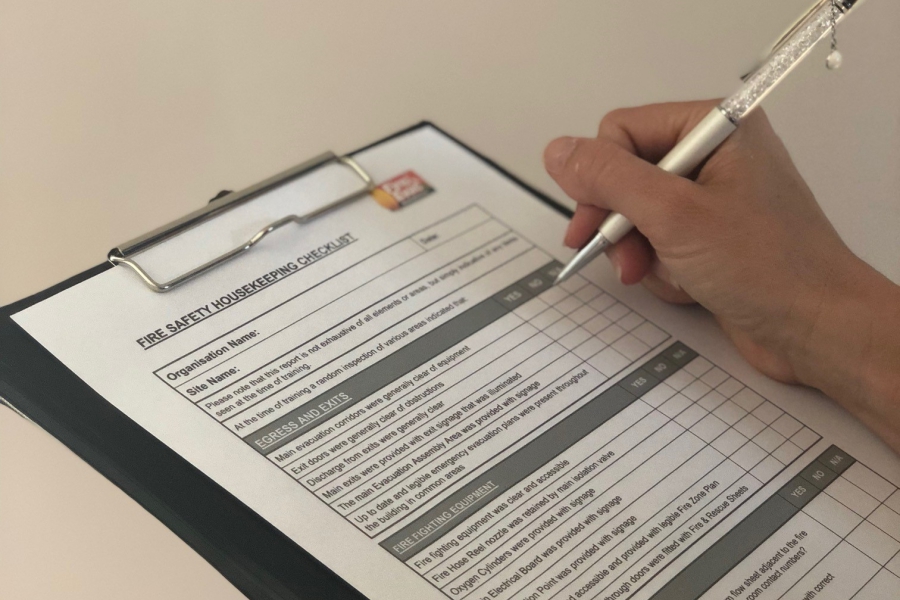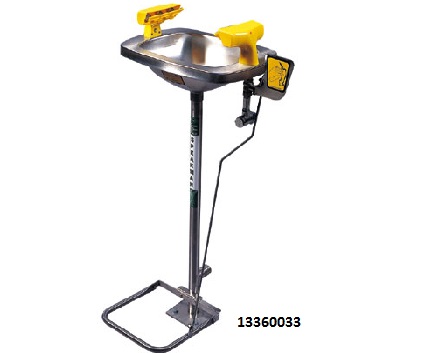4 Tips For Warehouse evacuation

![4 Tips For Warehouse evacuation teaser]()
14 May 2018
You may have heard the phrase ‘hope for the best, plan for the worst’. There is nothing wrong with having an optimistic outlook as long as it's backed up with preparation and readiness for the worst thing that could happen. Having an up to date and effective evacuation procedure is one way of being prepared for the worst and is just another component of warehouse safety and security. A solid evacuation plan can mean the difference between life and death. Nobody wants or expects a disaster to happen, which makes it all the more important to make sure you have a plan in place. A disorganized evacuation can result in confusion, injury, and property damage. As long as there is a possibility it can happen, you need to do everything you can to protect your employees and your assets.
1. Have an up to date evacuation policy and procedure.
This will clearly explain what to do in the case of emergency evacuation. Some of the things it should include are:
Emergency exit routes. This could be a floor plan or warehouse map
Any names and numbers of people that may need to be contacted
Any procedures that need to be carried out, such as shutting down equipment or using a fire extinguisher
Names and duties of any designated first-aid or medical personnel
An outline of assembly locations
Tip: It is worth consulting your staff in the planning process. They will then be onboard and familiar with the evacuation procedure

2. Training
There is no point in having great policy procedures if your staff don’t have a clue about it or what to do. When drawing up your evacuation policy, ensure you train your staff on what do in an emergency. Simply pointing them to the policy and asking them to read it won't cover it. It is worth the investment of showing them where muster points are. Actually walk the escape route. When placed in a stressful situation it can be difficult to think clearly. If the information is in the forefront of their minds it is easier for them to know what to do.

3. Up to date
Making sure that your policy and procedure are updated and staff are aware of any changes. This is essential for its success. This is especially important for any key contact phone numbers that may have changed, change of medical personnel or if you make renovations to your warehouse.
4. Safety equipment
Safety equipment should be placed in a position that is easily accessible to all staff who should be informed on the safe usage of the equipment. This includes things such as fire extinguishers, hydrants, blankets, first aid kits and anything else that might be relevant to the type of warehouse you operate.

Pictured: Emergency Eye/ Face Wash Showers
When putting together your evacuation plan, it is worth having a designated individual to take responsibility for leading and coordinating the plan and training. An evacuation plan will lead to a greater chance of survival of not only your employees, but your warehouse and business.
Are you looking to purchase safety and security equipment? Contact us today and we will give you the right advice on the best equipment for your business.
Back To News Stories